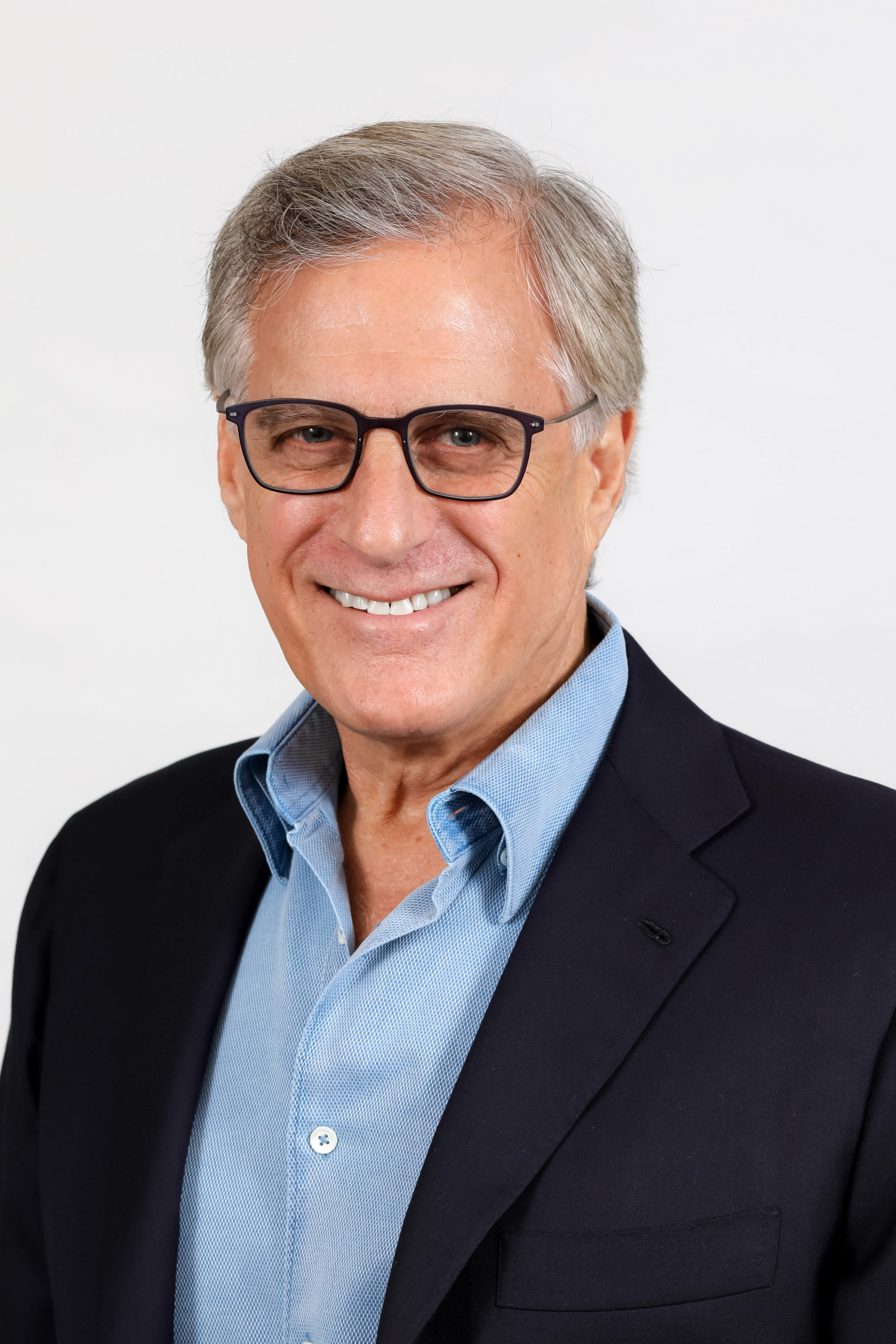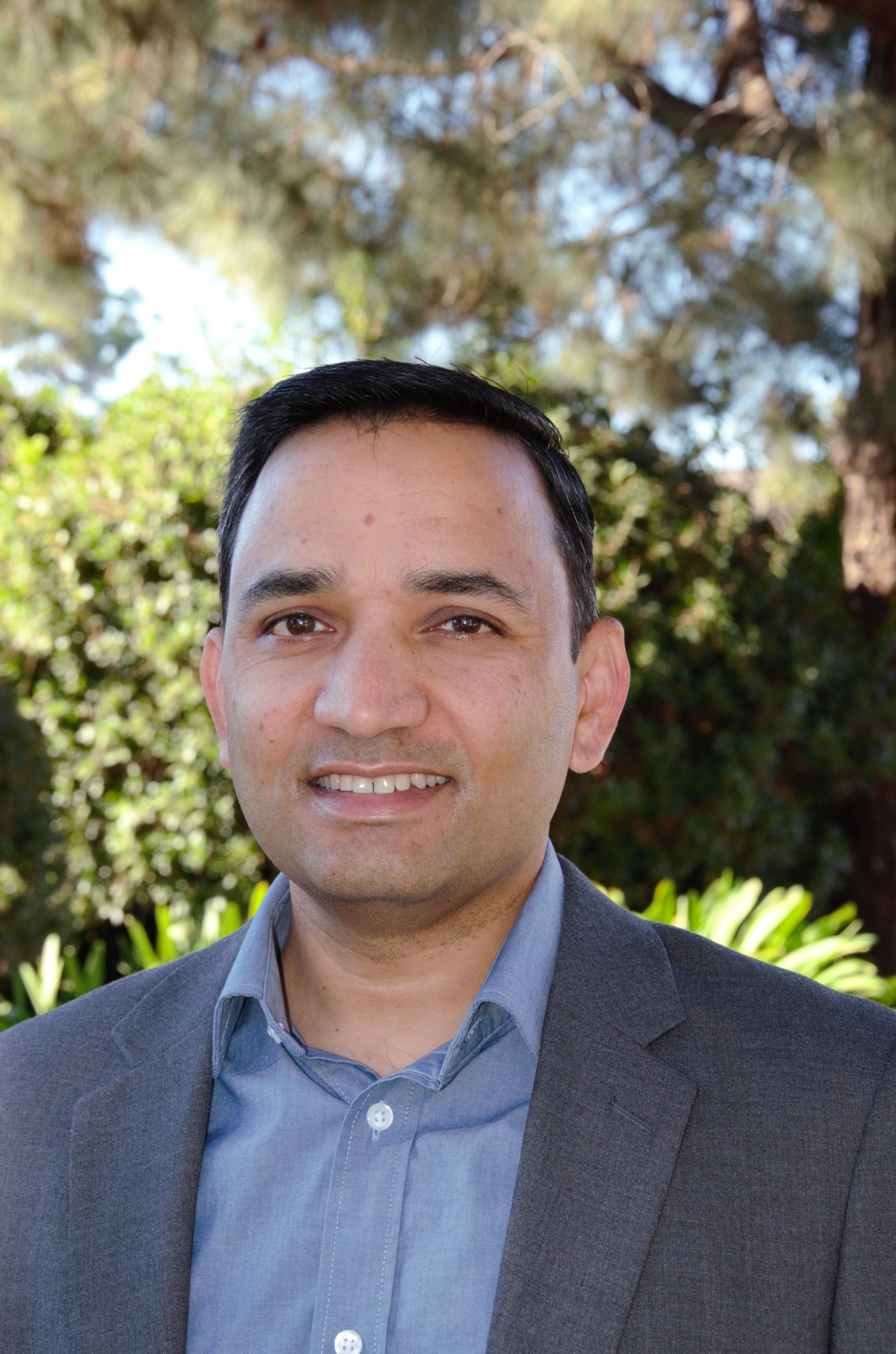Edge Executive Interview – Bruno Fernandez Ruiz, Nexar
 In the lead up to Edge Computing World, we’re taking some time to speak to key Executives from the leading companies supporting the show. Today we’re talking to Bruno Fernandez Ruiz, CTO and Co-Founder at Nexar.
In the lead up to Edge Computing World, we’re taking some time to speak to key Executives from the leading companies supporting the show. Today we’re talking to Bruno Fernandez Ruiz, CTO and Co-Founder at Nexar.
Tell us a bit about yourself – what led you to get involved in the edge computing market?
Nexar’s origin story is about making driving better. When each of us can see what all of us can see, we move together like birds or fish in total synchrony. For safer roads. For zero fatalities. For truly pleasurable driving.
Cars are set to have cameras in 2024-2025, providing a constant stream of vision of the world. Vision data, from the various cameras in the car, can provide far better “sensing”, creating the eyes on the road that drivers need for better driving, safety and security. To us, a compelling application is crowd-sourced vision (vision coming from a “shared memory” of the cars surrounding you) as a way to create better real time navigation, alert drivers to danger (black ice, a pothole, an accident) or to indicate a free-parking spot that you can see on a map and get driving directions to.
This means that we need to think about how to aggregate massive amounts of vision data that is coming from vehicles on the move, that this data needs to be reduced, localized, verified, and contextualized to create a shared vehicle memory of dynamic street conditions and a shared ledger of images. This can only happen efficiently with edge compute.
Creating a shared memory of the road, that can be used by drivers, requires edge compute, for reasons of compute cost, latency and cars’ connectivity budgets. We’ve also developed a standard around this (https://tools.ietf.org/html/draft-ietf-lisp-nexagon-06) – since we believe that the ultimate application for Edge compute is shared vision between cars, where compute and taking vision data outside the car will consist of performing compute on the edge device, the network edge and the cloud. We think that latency and cost considerations will drive this development, and that it is a must for the future of driving as we know it today and the future of autonomous driving.
What is the company uniquely bringing to the edge market?
First and foremost, we’re the first company to build and deploy a network of devices on the edge that perform endpoint and edge processing, proving the feasibility of edge compute and its beneficial impact on connectivity and data freshness from the physical world.
In the proposed standard, mentioned above, we enable edge compute and many components of the vision behind V2V and C-V2X (by replacing costly and fragile Road Side Units with virtual ones), delivering safety alerts, heads-up driving assist, as well as AV features such as platoon support, deflecting trouble spots and avoiding pull-over.
Today, through our public sector offering we already offer cities a digital twin of their cities and roads, with fresh imagery of the world, a fresh street view (Nexar Streets) as well as AI detections of road inventory, work zones and more.
Tell us more about the company?
Nexar-powered dash cams enable new vision-based applications for better driving. When drivers pair Nexar-powered dash cams with the Nexar app, they join a network that powers new applications for driving and seeing the world. Using anonymous, aggregated data captured from this network, Nexar has developed a portfolio of vision-based data services for public and private sector partners to make roadways safer and more efficient. For automotive companies, dash cams are a gateway to a new era of connected services and new killer apps for drivers, from finding a parking spot to vision-based services.
Today, the company is the leading direct to consumer provider of dash cams in the US, generating a significant amount of imagery and covering the US using endpoint compute to create an index of the physical world. City organizations such as the RTC are using us to detect road work zones to make the Las Vegas area safer, and trials of our free parking spot detection using a shared memory are also underway.
How do you see the edge market in Europe?
We see this beginning but it seems to still lack concretisation beyond expensive IaaS and PaaS real estate investments. However, we see interest from Automotive OEMs in edge applications, and trials moving forward will leapfrog edge compute into the leading solution. Additionally, industry groups such as the AECC will result in an architecture that will make European edge compute leapfrog all current solutions, propelled by the move from LTE Mobile Edge Computing to 5G Mobile Edge Computing.
Thanks Bruno – Looking forward to hearing more from Nexar at the event !





